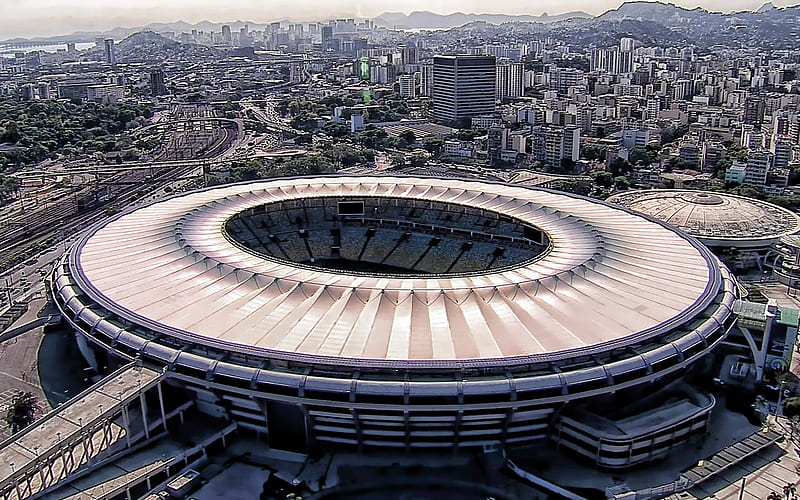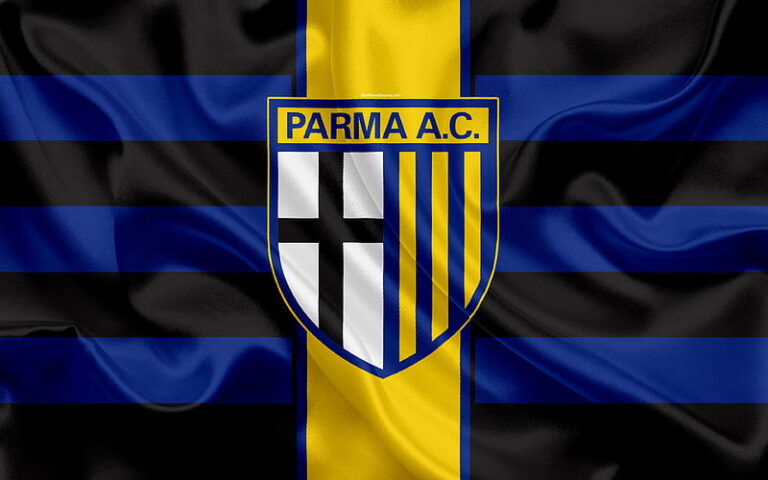
Maracanã Stadium
Maracanã Stadium, an emblem of Brazilian culture and football history, stands as a testament to the passion and dedication that the nation has for the beautiful game. Known for its grandeur and significance, Maracanã has played host to some of the most unforgettable moments in sports history, etching itself into the hearts of millions new88 đăng nhập.
Introduction to Maracanã Stadium
The Maracanã Stadium is not just any ordinary sports facility; it is the very soul of Brazilian football. Nestled in Rio de Janeiro, this colossal arena has witnessed the highs and lows of the sport over decades. From national triumphs to heart-wrenching defeats, the stadium serves as a backdrop for stories that stir the emotions of fans worldwide.
One cannot overstate the importance of Maracanã in global football history. It is more than a venue; it is a cultural landmark that transcends the realm of sports. The games played here have rippled through generations, impacting both local communities and international audiences. As we delve into the story of Maracanã Stadium, we will explore its rich history, iconic matches, and the profound cultural significance it holds for Brazilians and football lovers everywhere.
The History and Development of Maracanã
The saga of Maracanã begins with its ambitious construction, which aimed to provide Brazil with a world-class venue for football during a time when the country was becoming increasingly enamored with the sport. The stadium’s journey reflects the evolution of football in Brazil, showcasing the growing love for the game.
Construction and Inauguration in 1950
The inception of Maracanã Stadium dates back to the early 20th century when plans were laid out following Brazil’s increasing interest in hosting the FIFA World Cup. Constructed to accommodate upwards of 200,000 spectators, it was inaugurated on June 16, 1950, paving the way for Brazil’s illustrious footballing future.
When completed, Maracanã was a marvel of modern engineering, featuring a unique design that allowed for optimal sightlines from every seat. Its vast expanse captivated both players and fans alike, establishing itself as the heartbeat of Brazilian football. The inaugural match highlighted the stadium’s potential, as Brazil faced off against Sweden, marking the beginning of an era where Maracanã would become synonymous with football excellence.
Evolution and Renovations Over the Decades
As with any historical monument, the Maracanã Stadium underwent numerous renovations to adapt to the evolving demands of modern society. Over the years, several significant updates were implemented, particularly leading up to major events such as the 2014 FIFA World Cup and the 2016 Summer Olympics.


